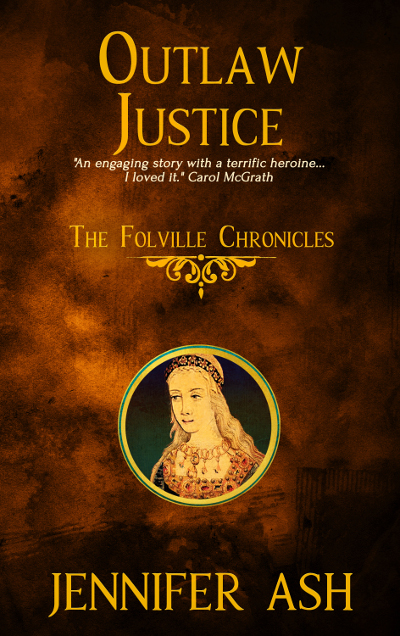Today, I am delighted to welcome fellow writer and Robin Hood enthusiast, Steven Davis, to talk about his outlaw inspired work, The Sælvatici.
Over to you Steven…
Thanks to Jenny for giving me this opportunity to talk about ‘The Sælvatici’, and Jon Hartless for connecting us.
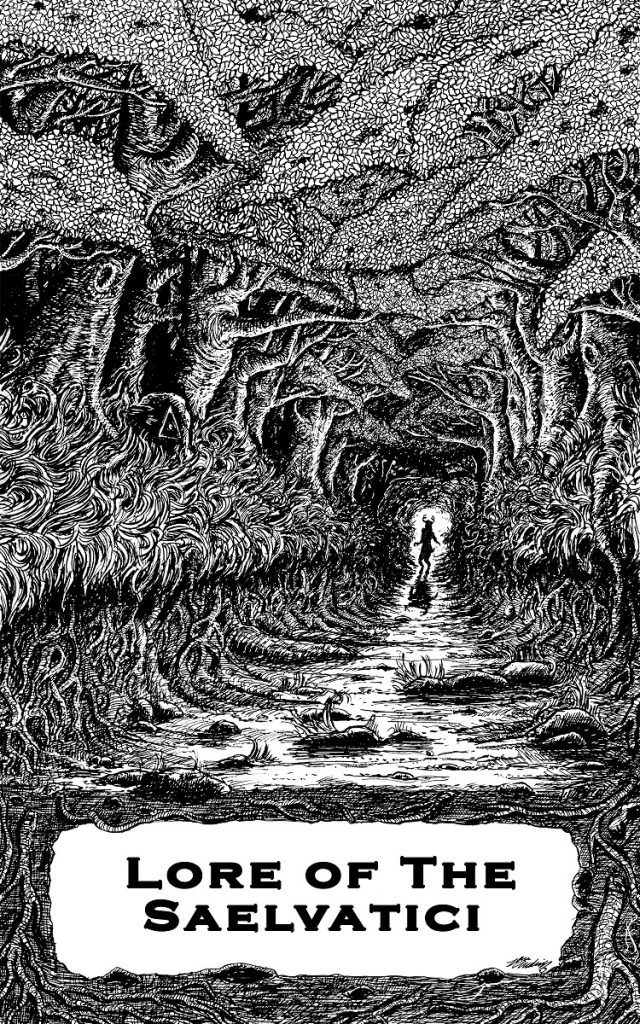
I’ve always been a Robin Hood fan, even before the seminal series ‘Robin of Sherwood’ (RoS) was broadcast in the 80s. I’ve watched all the Robin Hood films I could find, including a rare and slightly bizarre Russian take on the character (which may be ‘The Arrows of Robin Hood’).
Although I like tales of King Arthur, even from an early age I was more interested in RH as they were a hero of the people, as opposed to the tales of knights and lords that held nowhere near the same interest for me.
I only got to see the third series of RoS as we’d not had a television prior to that – and I was hooked. When I was old enough, I picked up first the videos and then the DVDs. I’ve still only watched the final episode with Michael Praed three times – it’s incredibly well written and still heart-breaking. But what an ending it is – the hero giving his life so that their comrades escape to continue the fight. And then the hook – but I hope you’re already aware of that.
Fast forward to the years 2000 – 2001. I wrote a retelling of the myth cycle, called ‘The Hooded’, heavily influenced by RoS. It was darker and bloodier than RoS, with the heroes more often than not failing or getting tricked. It was intended as a stand-alone, a one-off, but at the end I sent the characters off in different directions so I could bring them back (albeit with the obligatory death of one of the “gang” members). But I wasn’t happy with it – I felt it too episodic and I couldn’t get my head into the central character.
And so nothing happened for a while, and I carried on writing other things.

Fast forwards to 2016. I’d recently joined the Folk Horror Revival group in fb and there were some very interesting ideas in there (and still are – seriously, if you’re not a member, consider joining it if you’re interested in myths and legends, bizarre occurrences, The Wicker Man, that sort of thing). Also of inspiration at the time (and still, now) were bands like The Hare and the Moon and The Stone Tapes, both of whom have echoes of 70s psychedelic and slightly terrifying TV shows in their music.
So I started writing the cycle again, but this time I started digging in to the meat of the characters as well. The character of Little John had always seemed like a poor joke, one that they’d get annoyed with very quickly – “he’s called Little because he’s tall”. So I thought, why not, instead, John of Hathersage. Except, Hathersage wasn’t called Hathersage in that era – a closer approximation is Hereseige. So “Little John” became “Hereseige John”, or, more often, simply Hereseige. I applied the same kind of re-imagining with some research to all of the characters and they were all set – and, indeed, the first of fifteen chapters of that retelling, which includes quite a bit of scene/mood/flavour setting, was written and amounted to 24k words. But, as before, I couldn’t get my head around the Robin character, nor could I find a way to re-interpret him that I was happy with.
A slight diversion now. One of my childhood favourite books was the retelling of the Robin Hood myth cycle that was illustrated by Victor Ambrus (I’m sure he later went on to Time Team as their resident artist). It contains various stories and characters that weren’t picked up on in RoS or subsequent interpretations (more later). [Robin Hood: His Life and Legend by Bernard Miles.]
Historical side note – Nottingham wasn’t previously called Nottingham, I believe. It began with an S, which was simply knocked off to become Nottingham. I’ve left it as Nottingham.
As part of the folk-horror era retelling of Robin Hood, I’d written a self-contained piece called ‘Rise of the Sælvatici’ which was the grand final showdown between the Robin character and the Sheriff of Nottingham and the forces of authority that he’d assembled. Whilst the story stalled again, I gave a couple of live performances of it at the Montol festival down in Cornwall (with thanks to Gurdybird for arranging/getting me performance space for that).
Whilst the novel had stalled, I’d started a secret fb group and was doing musical podcast-things for that whilst dreaming of turning into a multi-media thing. Also, around that time, I got Feline & Strange to record some clips and some stills (which I’m still using – Feline does great manic laughter).
Fast forwards once again to the start of the plague years and I started collecting some of the scraps to put together something as a collection of “found tales” – there was far too much ‘good stuff’ written and abandoned to not do something with it. From an old book of poetry that I’d loved, I remembered reading some Anglo-Saxon verse and how it was alliterative as opposed to rhyming, and found that a useful tool to add in for the first part.
‘Lore of the Sælvatici’ was beginning to take shape, intended to set the scene, set in Sherwood or Sherewode as characters called it, depending on their background/race. I wanted it to echo our times as much as possible, shifting in focus slightly to become a battle ground between Norse and Norman, Anglo-Saxon and Celtic and each group vying for power or independence. I brought in religious conflict, with the followers of “The Christ of the East” waging war on the Pagans; and the followers of Cernunnos fighting off the encroaching supporters of Ullr and Wōden.
Except. One thing I’d never quite understood from RoS was why they used Herne as a figure when he was based in Windsor Great Park. So I decided to use Cernunnos instead – but I didn’t. Deliberately. I felt the character/ figure too well known, and so the beloved Forest Lord is slain. However. Eventually, the genius loci arises, but the slaying of a stag is what brings them into being, and thus is the mad god/Stag daughter Caerne brought into existence – a woman, part god, part stag, whose father has been slaughtered though she was born of stag; a child without parents but with powers and capabilities, driven mad by her self-assumed responsibilities and with no one to turn to for explanations or help.
Rather than use the existing tales as an arc, I decided to have the emphasis of the three main novels (being written at the moment) as the attempt of a religious zealot to build, not just a cathedral, but a city, dedicated to ‘The Christ of the East’ in the heart of Sherwood, thereby stamping out Paganism and killing any Anglo-Saxons and Celts who didn’t simply fall down and worship their god.
Of course, it doesn’t quite work that way.
And then one day, a few months ago, I was randomly trawling fb (it’s called research) and I saw a post from a musician friend offering her services as a voice-over artist (Joanna Swan, The Familiars). I remembered the ‘Rise of the Sælvatici’ short piece and that translated into a one-woman radio play incredibly well. And voila, suddenly it was no longer just a text-based world, but there also existed now an audio drama as part of the world. In a satisfying connection, Joanna is also a RoS fan.
‘Lore of the Sælvatici’ was published and has earned some excellent reviews and then another idea came to me, not for a novel, but for a short story; in truth, there will be a number of short stories, each concentrating on only a character or two, so they can be explored in different ways to the novels. That idea was ‘Barrow witch’ – a representative of Wōden, one of his ravens made human, encounters a man who is a trained killer; all would be over for her, but the encounter takes place in front of a barrow where a wise-woman was buried alive. A storm ensues, and things get – interesting. It’s available on Audible as well and is an incredible journey – Joanna has already received a five-star review for it on Audible, and rightly so.
Artwork for both ‘Lore of the Sælvatici’ and ‘Barrow witch’ is by the fantastic John Chadwick.
In terms of inspiration, I should also mention ‘The Black Meadow’ (created by Chris Lambert) and ‘Hopeless, Maine’, (created by Tom and Nimue Brown and others). And the ‘Avebury’ album by The Stone Tapes. All three are worth exploring further.
What exists/ the arc of the Sælvatici:
‘Lore of the Sælvatici’ is the place to start, then ‘Barrow witch’ and finally ‘Rise of the Sælvatici’. When the three ‘Hurnungaz’ novels are written, they’ll take place after ‘Lore’, with ‘Rise’ closing the tale.
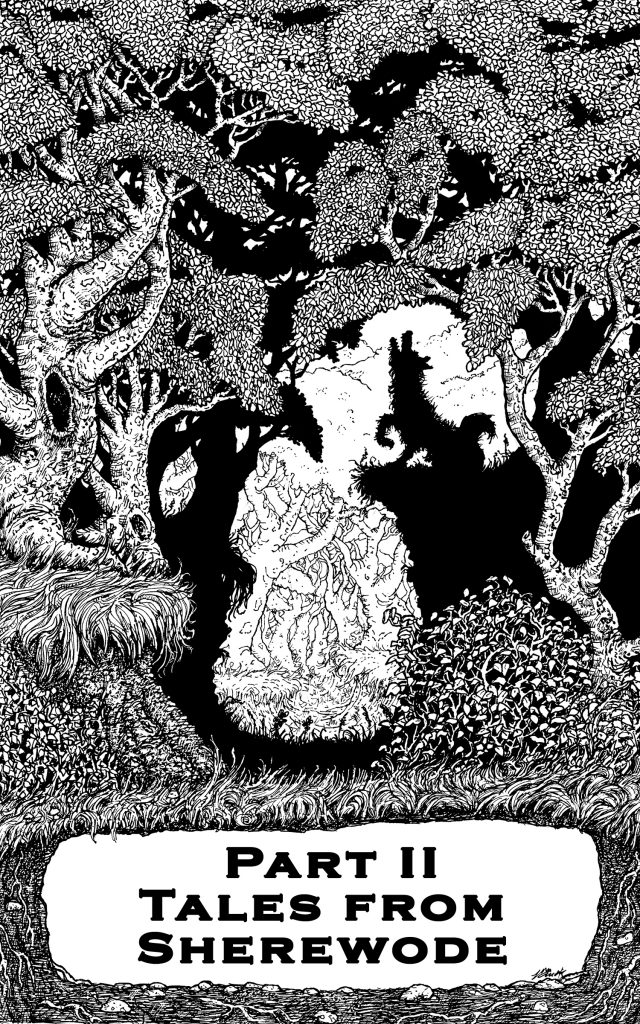
What’s next:
‘Hurnungaz’, the first of three novels specifically dealing with the Robin Hood character and their crew is currently being written.
‘The Rolling of the Stones’ a self-contained short story, featuring two minor characters and influenced by Peter Lagan’s interpretations of the song of the same name, is currently being written.
‘Lore of the Sælvatici’ is currently being turned into a one-woman radio play, again voiced by Joanna Swan. Intro/theme music has already been created by William Westwater (Dark Sinfonia) and background luting will be provided by Peter Lagan (Songs of Blood and Bone).
At some point, given how many musical artists have already contributed, inspired or offered their songs as inspirations for short stories (Songs of Blood and Bone, Gurdybird and Bleeding Raven have all inspired ideas for short stories) there will be an album (Joanna has also recorded a very impressive chant, loosely based around one of the “found tales” from ‘Lore of the Sælvatici’). This will be for charity.
‘Legends of the Sælvatici’, an anthology of tales either set in ‘Hurnungaz’ or alternative times, or in the current day, is intended to be announced in 2023 with the aim of publishing in 2024, although two pieces by outside contributors have already been accepted for it.
Where to find them:
You can search Amazon for the books and Kindles under my name (Steven C. Davis) and Audible for the two radio plays that are available so far. Signed editions of ‘Lore’ are also available via my Etsy shop – search Etsy for ‘Tenebrous Texts’.
There is also a secret but not-really secret group on fb – just search for ‘The Sælvatici’ and request admission – there’s advance notice on when things are going on, links to audio-podcasts with music that inspires me to write, art, images, and more stuff going on. At some point, there will also be a better website than currently exists to collect everything together properly.
 Bio
Bio
Steven C. Davis is the author of ‘The Bookshop between the Worlds’ pair of alternate-Earth novels, ‘The Lore of the Sælvatici’, part of a folk-horror retelling of the Robin Hood mythos, ‘Less than Human’, the first of a non-paranormal paranormal romance series, and co-author, with S. J. Stewart, of ‘The Heart’s Cog’ series of NSFW action-adventure novels.
They are the creative director of ‘Tenebrous Texts’ through whom they have also published works from Stu Tovell and Jon Hartless, and have recently signed on Cat Randle.
They are the organiser of the ‘Raising Steam’ festivals and the ‘Raising Steam’ downloads – all in aid of their chosen charity, New Futures Nepal, of whom they are a trustee. The ‘Raising Steam’ downloads are a global phenomenon, gathering Steampunk and alternative independent and unsigned musical artists from the UK and around the globe.
They are the host of the Gothic Alternative Steampunk and Progressive (GASP) radio show which goes out every Thursday at 8pm (UK time). GASP plays music without borders and is deliberately eclectic, playing the best in unsigned and independent regardless of genre.
Links, etc.
Website: https://tenebrousarchives.weebly.com/
Sælvatici radio plays on Audible:
https://www.audible.co.uk/search?keywords=steven+c+davis&ref=a_hp_t1_header_search
Etsy shop: https://www.etsy.com/uk/shop/TenebrousTexts/
Amazon: https://smile.amazon.co.uk/s?k=the+S%C3%A6lvatici&i=stripbooks&crid=2JYOMKW9OG53P&sprefix=the+s%C3%A6lvatici%2Cstripbooks%2C96&ref=nb_sb_noss
Many thanks to Steven today for sharing a little about his writing world.
Happy reading, Jenny x


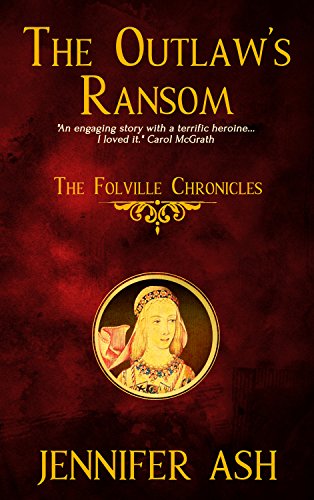
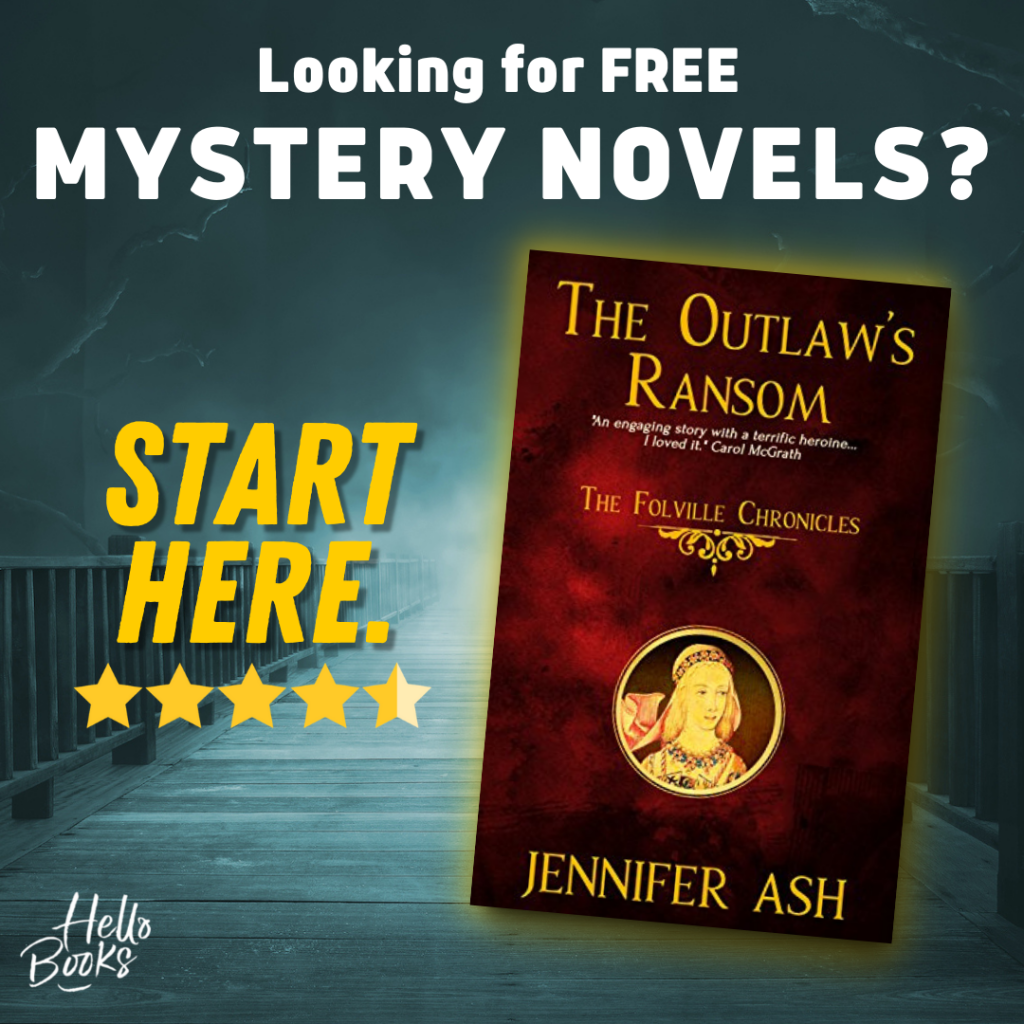
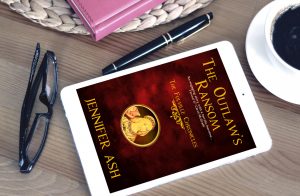
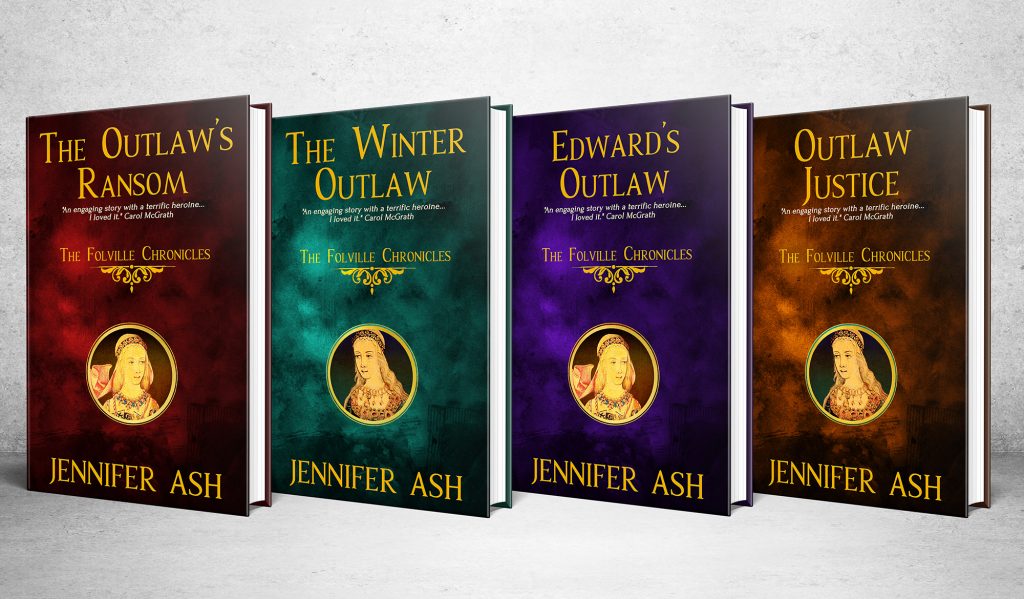


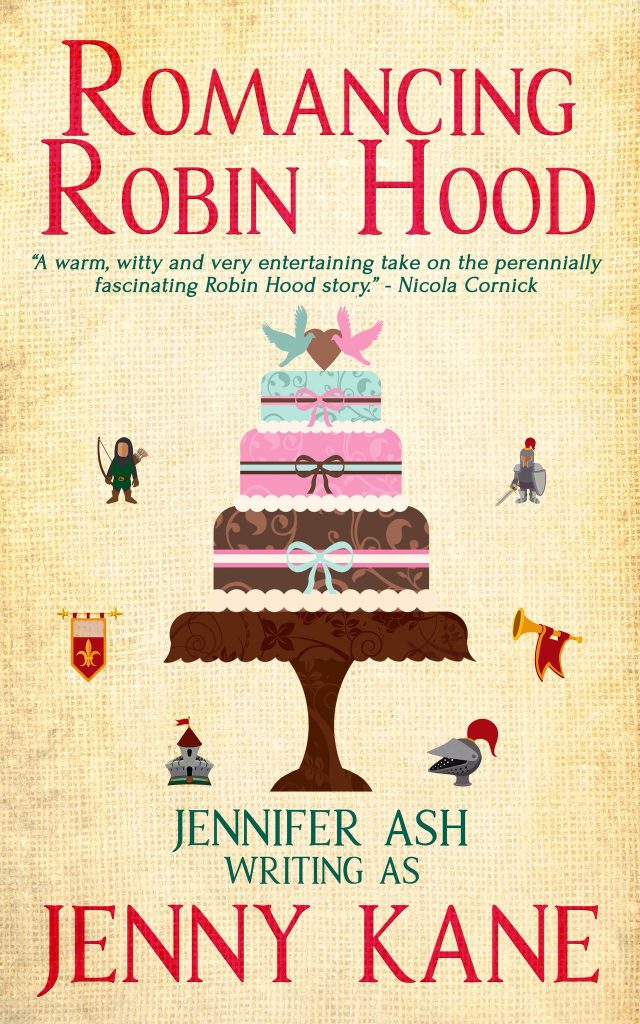
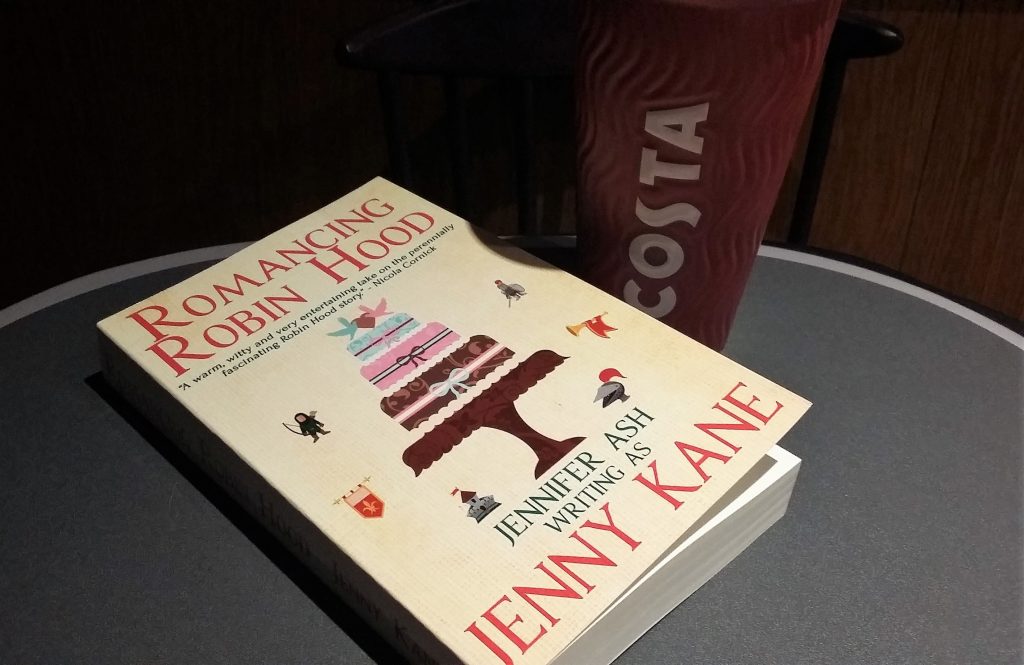
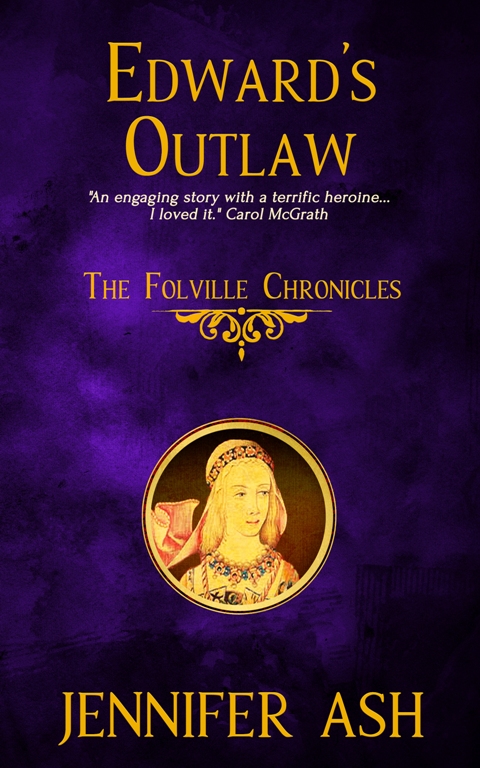

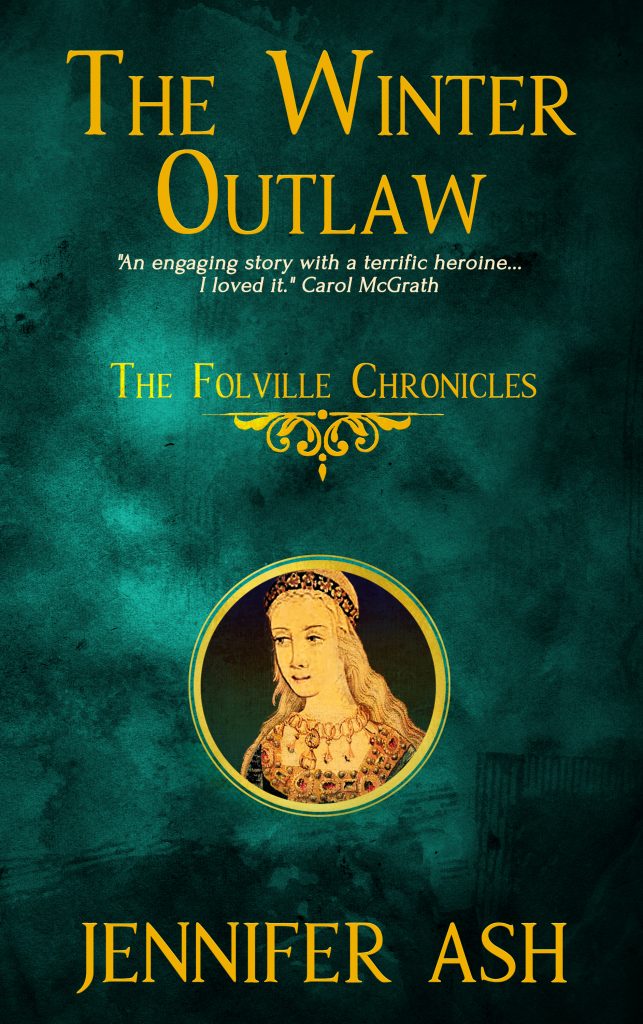
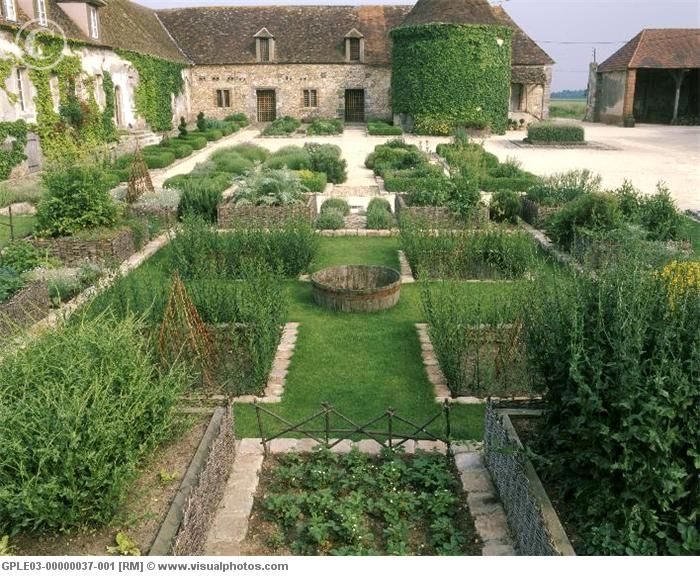


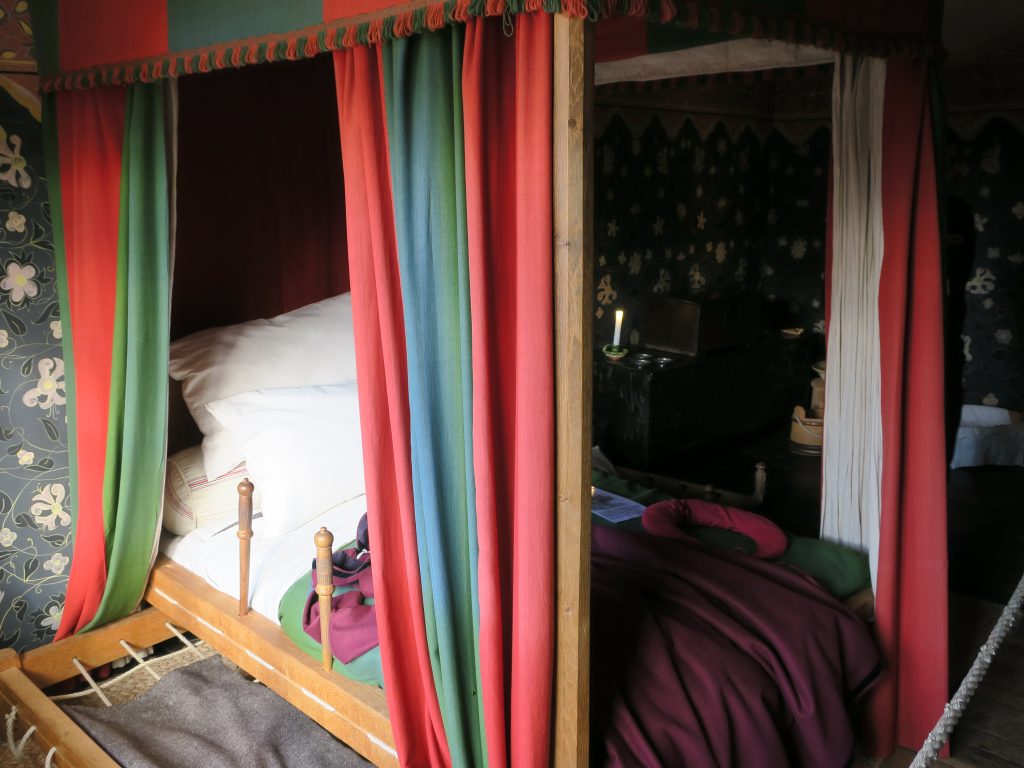



 Bio
Bio
